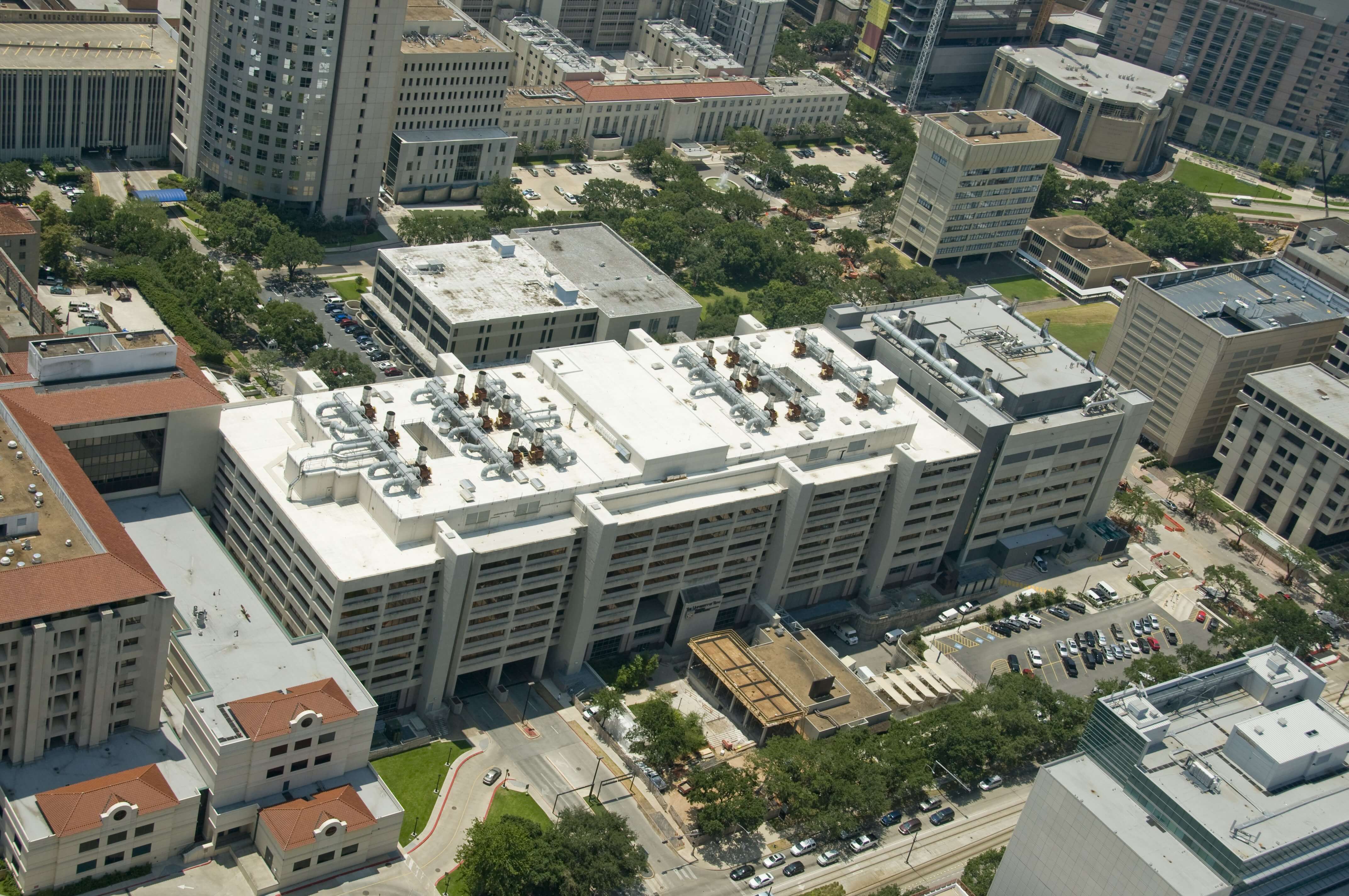Intragastric balloon helps with weight loss

When it comes to cutting back on calories, many diets are undone by the starving sensation some people experience. A new temporary weight loss device could help people with mild to moderate obesity get past this roadblock.
The device makes it easier to ward off hunger pangs by reducing stomach capacity by about half. This is accomplished by implanting an intragastric balloon in a patient’s stomach for approximately six months.
Two surgeons in the Texas Medical Center – Erik Wilson, M.D., and Brad Snyder, M.D. – helped test a device and were impressed with the results.
“Two-thirds of the patients continue to lose weight or maintain their weight loss and about a third gain some weight back,” said Wilson, chief of Minimally Invasive Surgeons of Texas (MIST) at The University of Texas Health Science Center at Houston (UTHealth) and medical director of bariatric surgery at Memorial Hermann-Texas Medical Center.
The doctors participated in a nationwide trial involving an intragastric dual balloon produced by ReShape Medical and recently approved by the Food and Drug Administration. The trial was called REDUCE and the results were announced last year.
Patients receiving the intragastric dual balloon lost 28 percent of their excess weight, which is more than twice the amount of those treated medically, Wilson said.
Snyder, associate professor of surgery at UTHealth Medical School and attending physician at Memorial Hermann-TMC, said the device is designed for people with mild to moderate obesity who have failed to lose weight through diet and exercise.
An intragastric balloon may also benefit people who need to lose weight before a knee or hip replacement, said Wilson, noting that the procedure is performed on an outpatient basis, does not involve incisions and has a short recovery period.
More than 75 million adults in the United States are obese and consequently, more likely to get heart disease, stroke, Type 2 diabetes and certain types of cancer.
In the procedure, the patient is sedated and surgeons insert a flexible telescope (endoscope) into a patient’s month and use it to guide an uninflated balloon into the patient’s stomach. After the balloon is in place, physicians fill it with saline fluid.
An intragastric balloon is typically removed within six months. Patients receive nutrition and exercise counseling.
In the REDUCE trial, the main adverse events associated with balloon insertion included nausea, vomiting and abdominal pain.
For information on the device, call the MIST office at 713-892-5500 and press number 3 for research.



